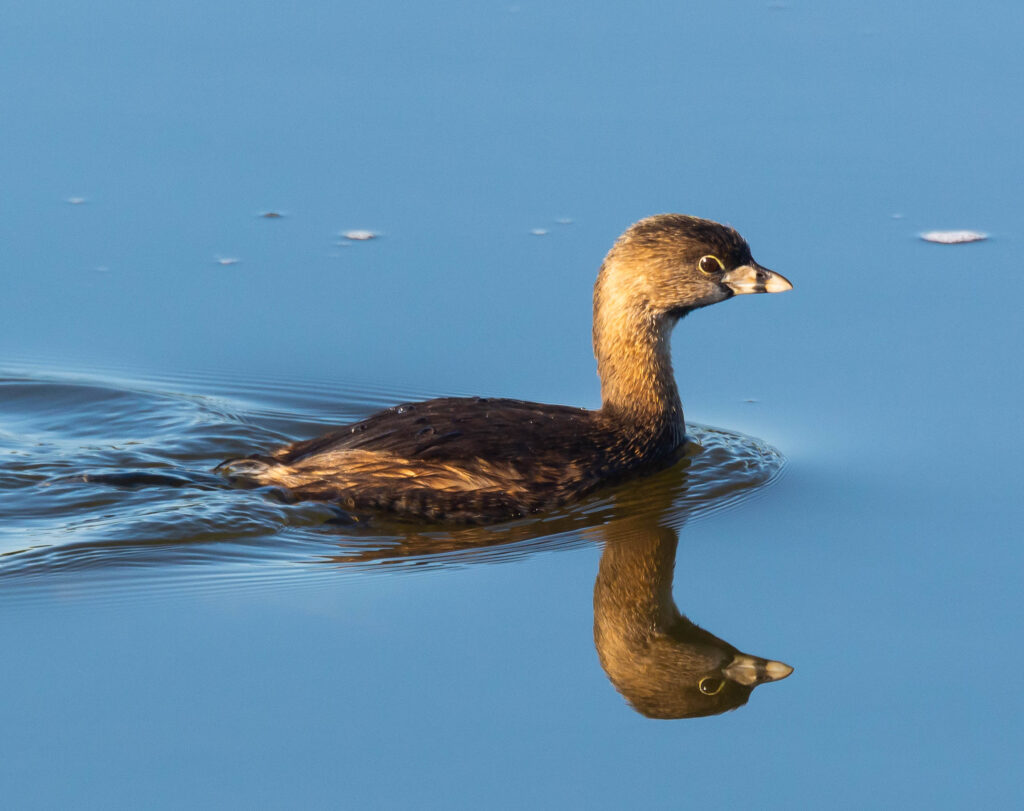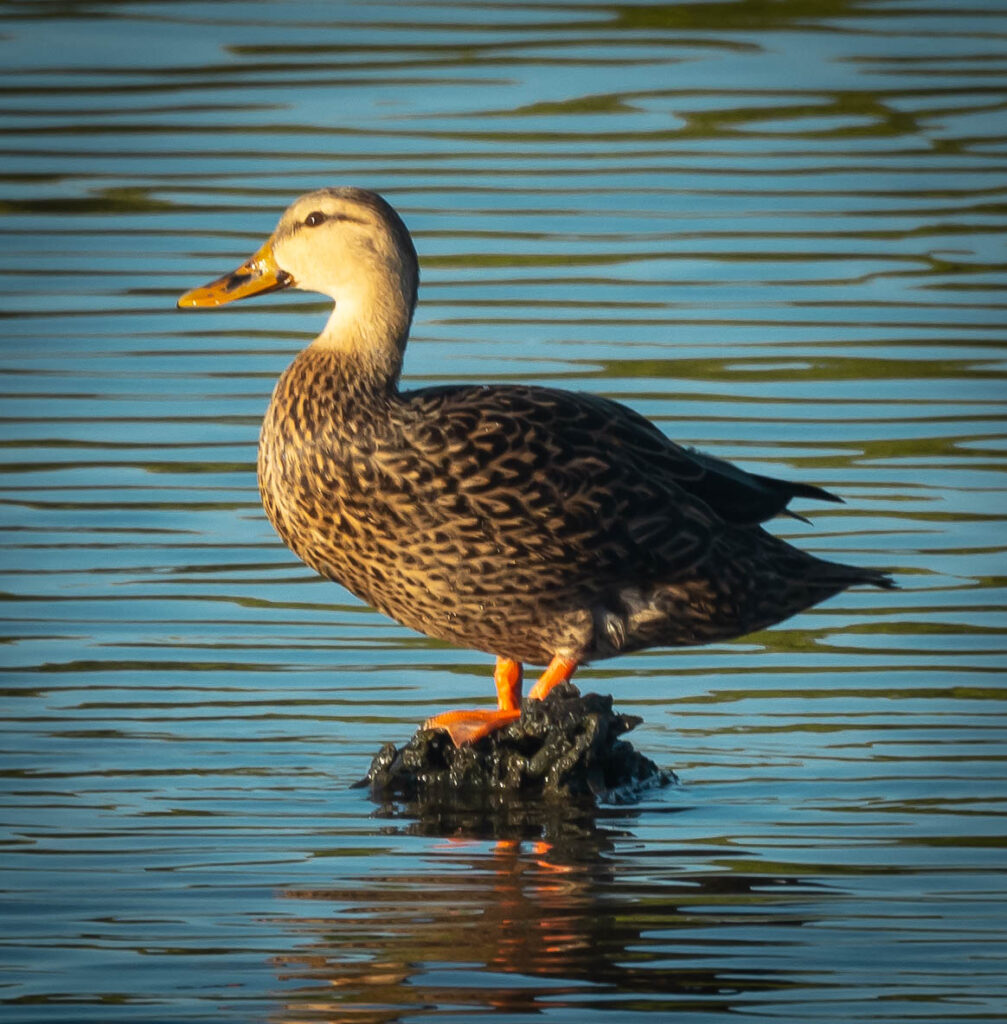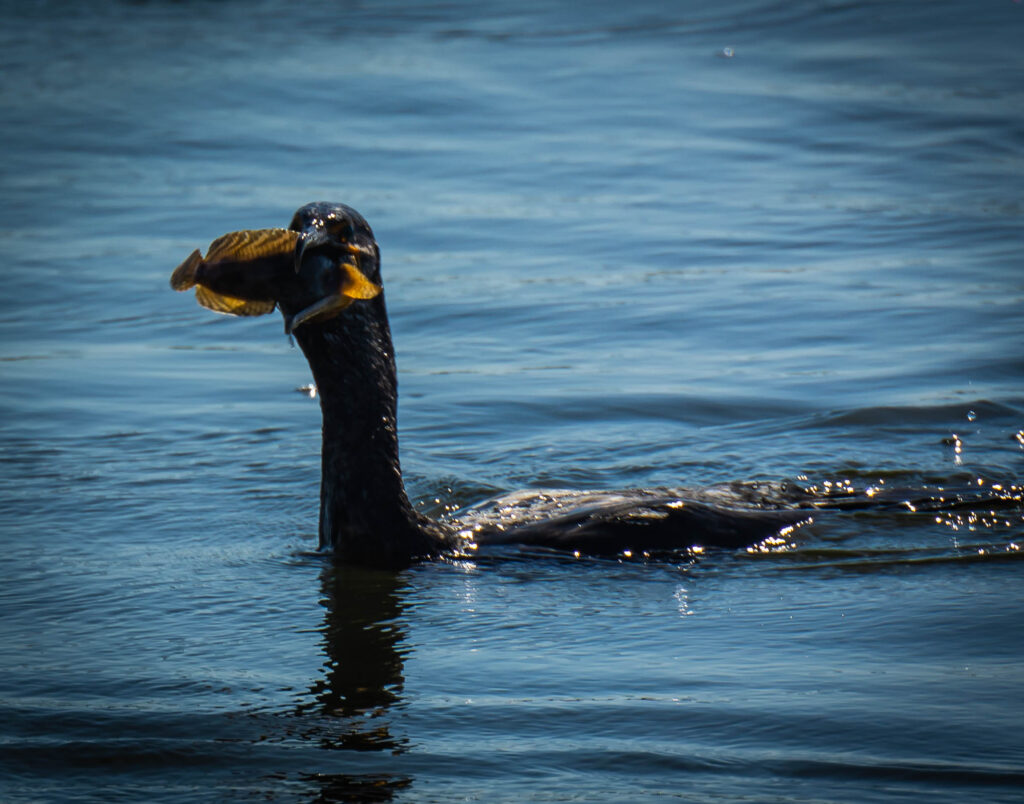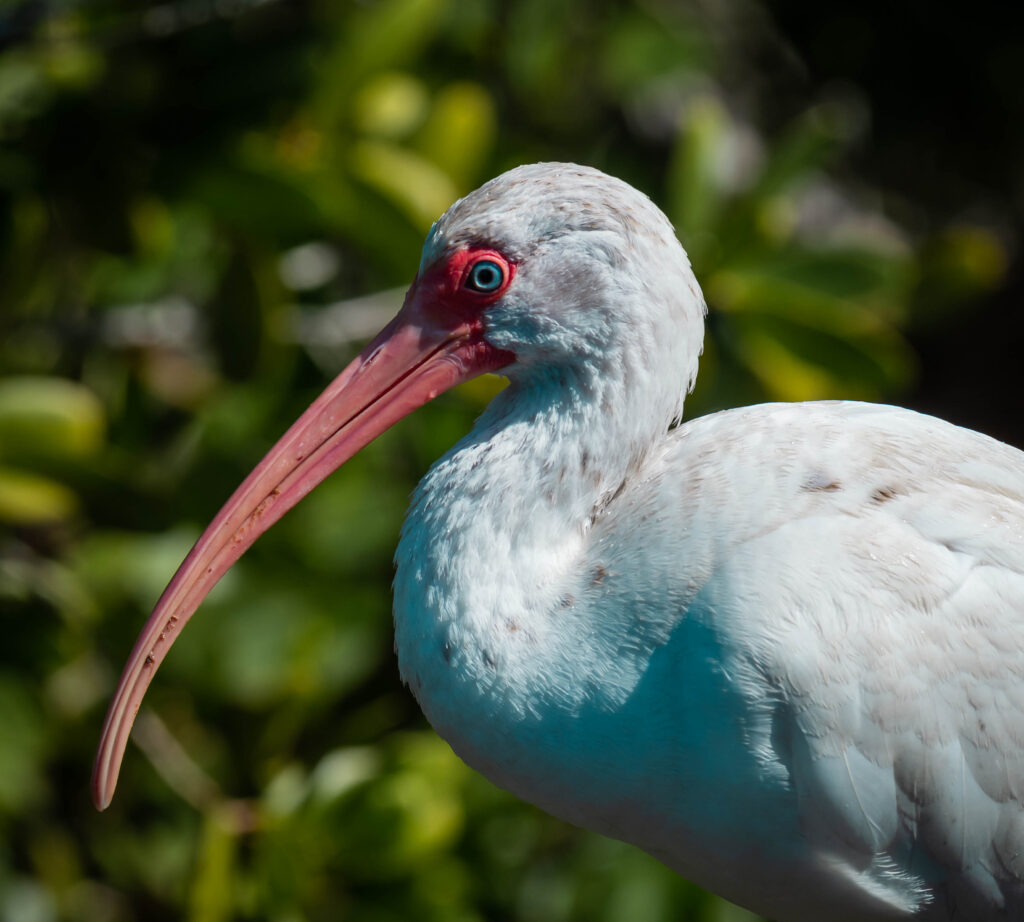
JN “Ding” Darling National Wildlife Refuge – Sanibel Island, Florida – 2/16/2022
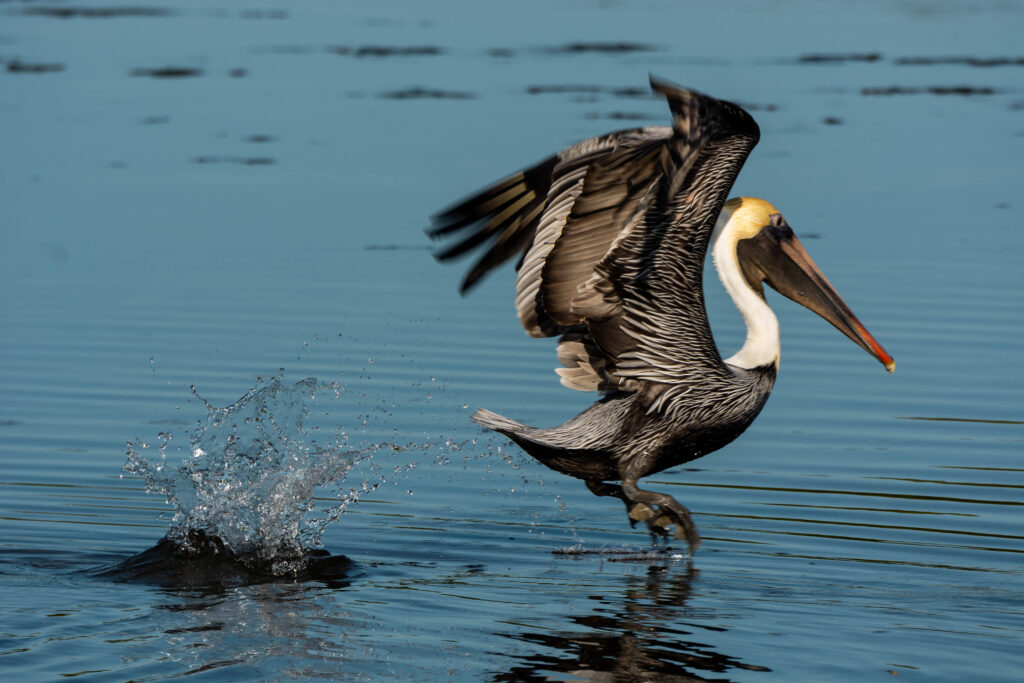
Sanibel Island is a barrier island in the Gulf of Mexico not far from Fort Meyers. You access it by crossing over a really long and tall bridge / causeway. About half of the island is dedicated to an excellent wildlife refuge named after JN “Ding Darling.
Although there are multiple great birding locations other than the NWR on the island, we focused on the refuge. We didn’t get to the treatment plant to see the storks that are always there (according to the very helpful and knowledgeable ranger at the NWR Visitor Center). We also didn’t hit the beaches at low tide, where we could have seen a nice selection of shore birds. But we did see four of the “big five” at the NWR. We saw American White Pelicans, Roseate Spoonbills, Reddish Egrets, and the Yellow-crowned Night Heron. We didn’t see the Mangrove Cuckoo, but honestly, we didn’t try that hard.
American White Pelicans
White Pelicans breed in central Canada and a few spots in our northwest. They spend their winters on the Gulf Coast. These birds are huge! They have a nine-foot wingspan and can be up to six feet tall. In the United States, only the California Condor and the Trumpeter Swan have a longer wingspan. White Pelicans typically range between eleven and twenty pounds but can weigh as much as thirty.

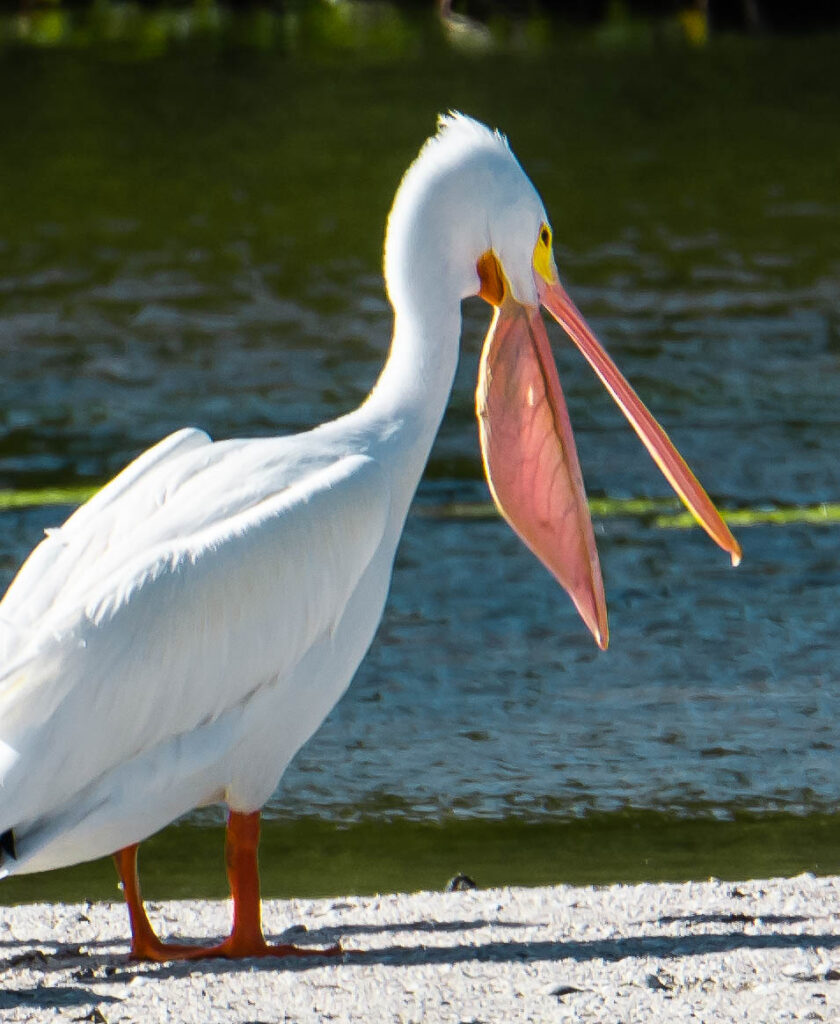
Roseate Spoonbills
These are among the prettiest and at the same time the most awkward looking of our wading birds. This juvenile bird shows the paler colors, while the adults have brighter pinks with flashes of red. The unusually shaped large bills are a pale blue in the adults, but pinker in the juveniles.



Egrets and Herons

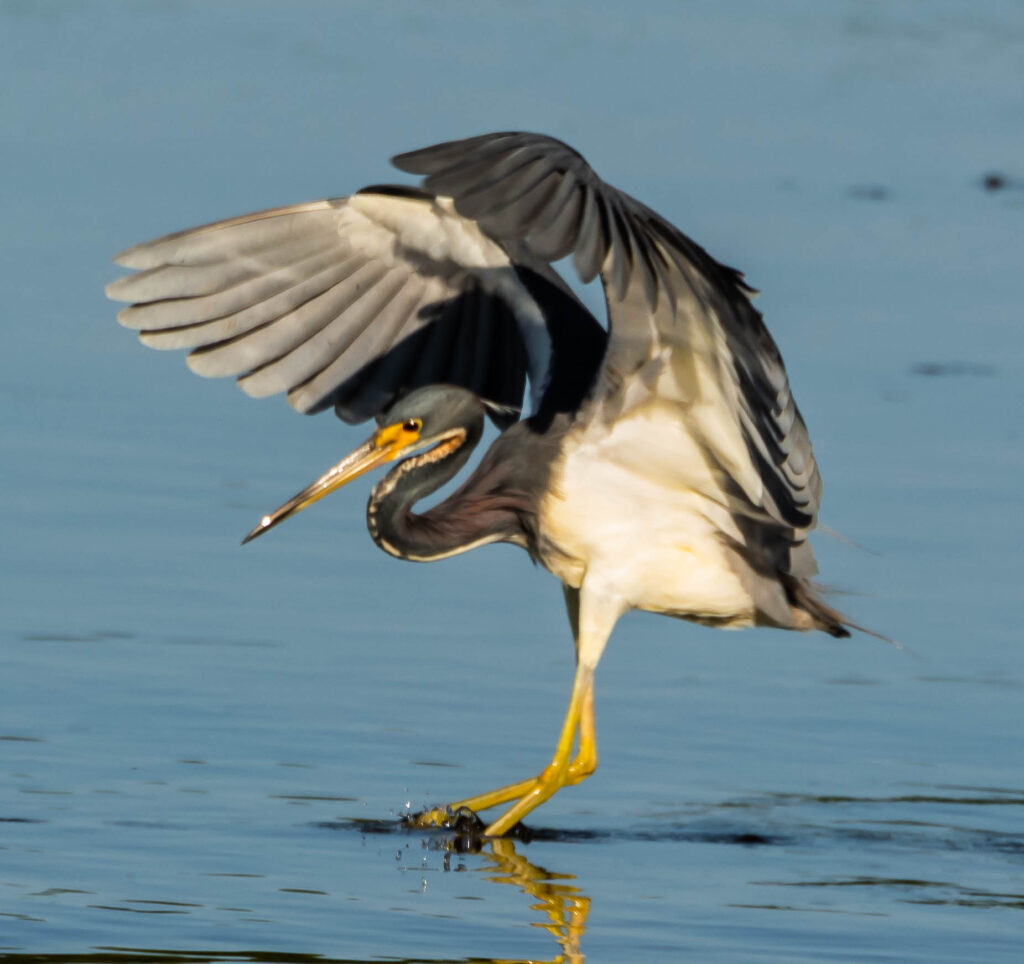
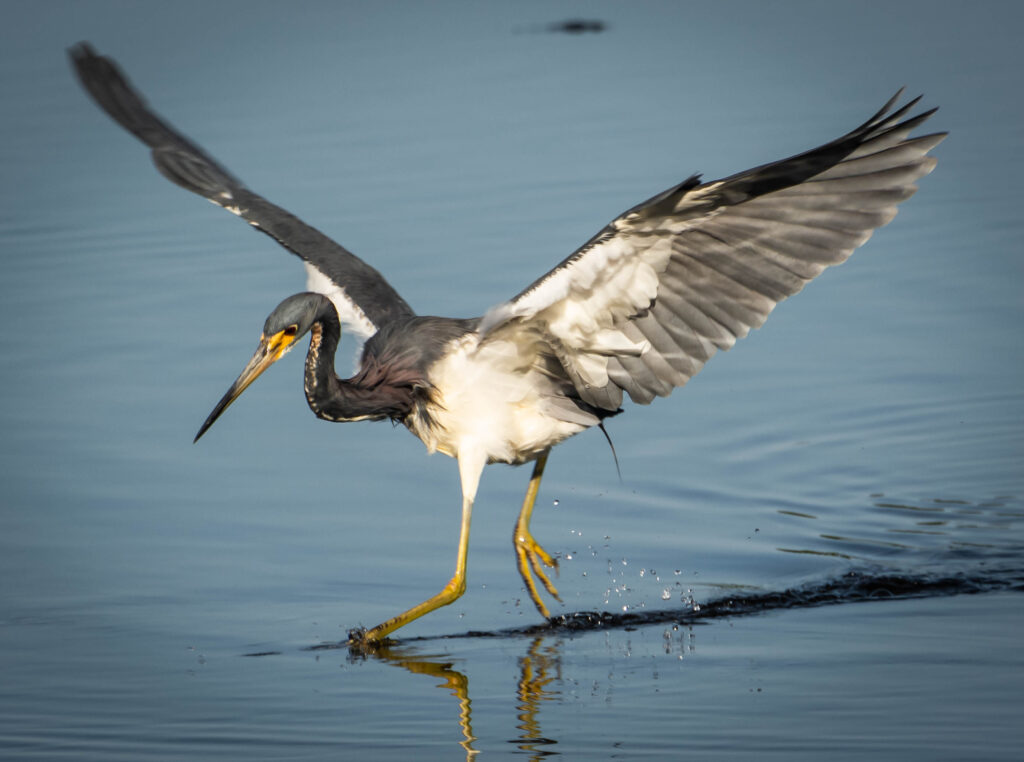
Tri-colored Heron, JN “Ding” Darling NWR, 2/16/2022
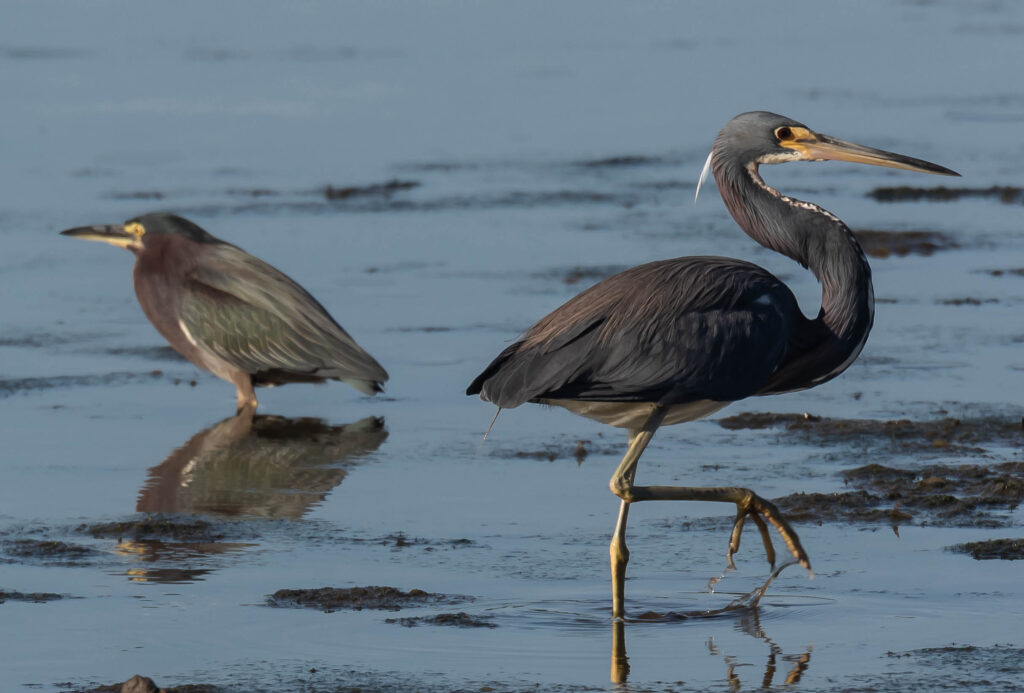
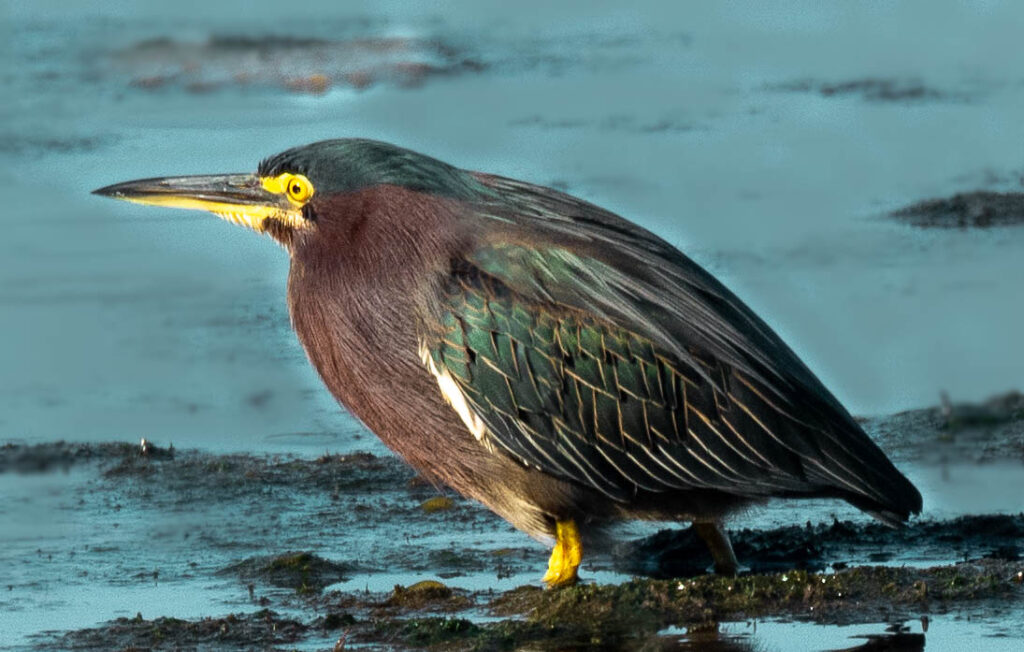
Tri-colored Heron with Green Heron, JN “Ding” Darling NWR, 2/16/2022
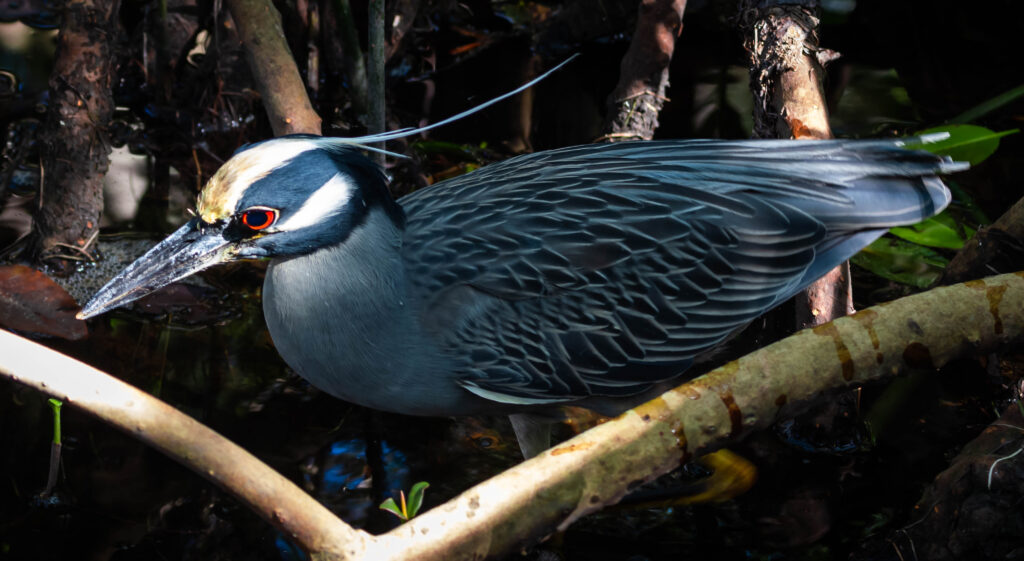
More marsh birds
